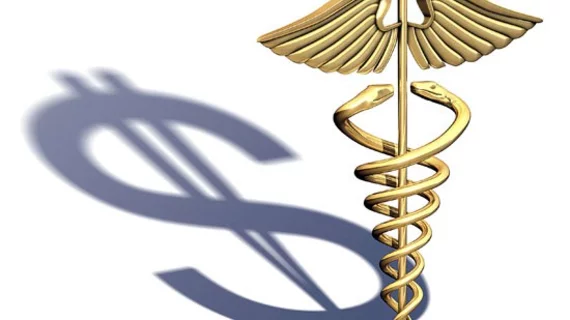Cardiologist salaries, productivity continue to climb
Cardiology’s median compensation is $532,781, according to a new report from AMGA Consulting. That figure has increased each year since 2016’s report, when it was $483,653.
Also, the specialty’s median work relative value units (wRVUs) are 8,154. That figure has increased each year since 2016, when it was 7,413.
The 33rd annual AMGA Medical Group Compensation and Productivity Survey was developed using responses from 317 medical groups. Respondents represented a collective total of more than 127,000 healthcare providers.
All findings for 2020 were based on 2019 data, and so on.
Looking outside cardiology, median compensation for all primary care specialties—family medicine, internal medicine and pediatrics—have increased by 4.46%. Median compensation for all medical specialties, meanwhile, increased by 3.52%. Cardiology’s median compensation increased 2.47%, slightly behind the pace of the other specialties.
One noteworthy finding from AGMA’s report is that wRVU production has remained mostly unchanged, increasing at a much slower pace than compensation. Median wRVUs were up just 0.44% for all primary care specialties and 0.93% for all medical specialties. In cardiology, the median wRVUs increased 1.80%.
Fred Horton, president of AMGA Consulting, noted in a prepared statement that the firm is keeping a close eye on compensation per wRVU. That figure increased by 2.14% in this latest report, down from the 3.64% increase seen the previous year.
“We have now seen this same trend of divergent key metrics for several years in a row, and we have to wonder how long it can continue, given that the vast majority of revenue is still, by and large, generated via wRVU productivity,” Horton said. “AMGA’s members are concerned about this ongoing trend, and we suspect the industry-wide response to COVID-19 will speed up efforts to mitigate this pattern. At the same time, we are seeing revised care models and rapid telehealth expansion. When combined, it is certain that change is taking place, but the ultimate landing place is far from clear.”
Back in August, MedAxiom shared its own compensation report that detailed numerous specialties within cardiology.

